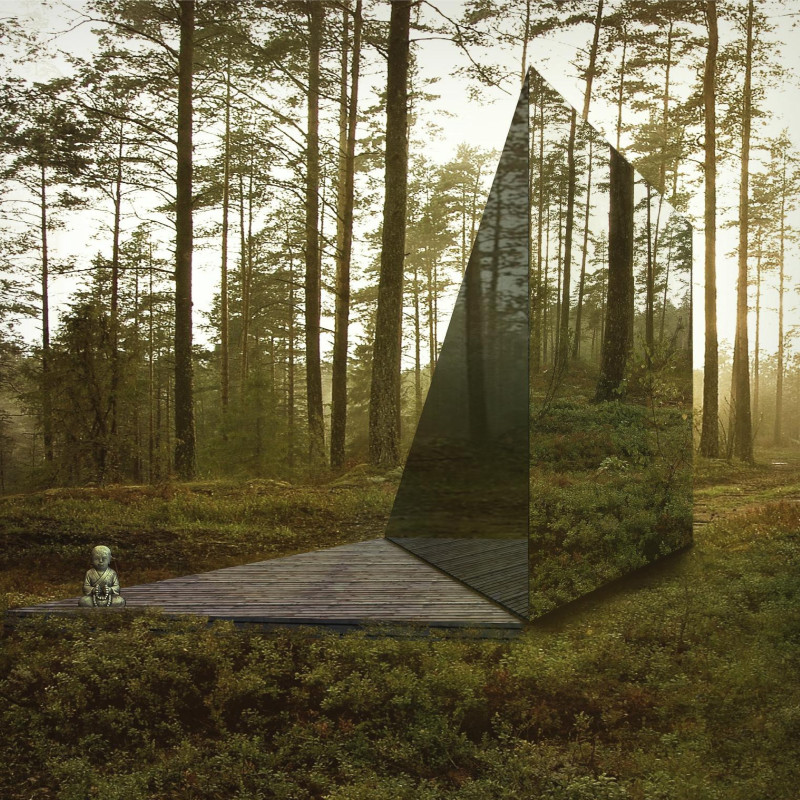5 key facts about this project
At its core, the project functions as a multi-purpose facility that accommodates various social and cultural activities. The design is structured around open, flexible spaces that encourage interaction and collaboration. This layout not only promotes community engagement but also allows for adaptable uses over time, showcasing the project’s versatility. Each area within the facility is purposefully designed to support specific activities while maintaining an overarching harmony that ties the spaces together.
The exterior of the building is characterized by a combination of carefully selected materials that enhance its visual appeal and functionality. Utilitarian concrete forms the structural backbone of the design, providing durability and thermal mass, while expansive glass facades invite natural light and create a seamless connection between the interior and the environment. The integration of wood elements adds warmth and an organic touch, reflecting a commitment to using natural materials that resonate with the surroundings. Additionally, the use of local stone not only strengthens the building's contextual relationship with its site but also honors regional architectural traditions.
One of the unique design approaches employed in this project is the innovative use of natural ventilation strategies. The architectural design incorporates operable windows and strategically placed openings that facilitate air circulation, thereby reducing reliance on mechanical systems. This passive design feature contributes to energy efficiency while ensuring a comfortable atmosphere for occupants year-round. Furthermore, the incorporation of green roofs and living walls enhances biodiversity and mitigates urban heat, further underscoring the project’s commitment to sustainability.
The interplay between indoor and outdoor spaces is masterfully handled, with terraces and landscaped areas seamlessly merging with the building's core. These outdoor spaces not only serve as extensions of the interior areas but also encourage outdoor activities and social gatherings. The thoughtfully designed landscaping integrates native plant species, promoting ecological awareness and fostering a connection to the local environment.
Lighting plays a pivotal role in this project, as it highlights architectural features and creates ambiance throughout the various spaces. Daylight is harnessed effectively to illuminate interiors, reducing the need for artificial lighting during daytime hours. Additionally, carefully curated artificial lighting enhances the nighttime experience, transforming the building into a dynamic focal point within the urban landscape.
The project also includes various amenities that cater to the diverse needs of its users. Areas such as communal lounges, meeting rooms, and recreational spaces have been designed with user comfort and accessibility in mind, ensuring that all individuals can engage with the facility. The thoughtful arrangement of these amenities promotes interaction among different groups, reinforcing the project's aim to foster a sense of belonging within the community.
In summary, this architectural project represents a nuanced collaboration between form, function, and sustainability. It encapsulates a modern approach to design that respects both the environment and the needs of its users. The balance between indoor and outdoor experiences, combined with innovative features for energy efficiency, reflects a forward-thinking perspective on contemporary architecture. For those interested in exploring the intricacies of this design, including architectural plans, sections, and ideas, a deeper investigation into the project presentation may provide valuable insights into its thoughtful execution and the philosophies underpinning its creation.


























